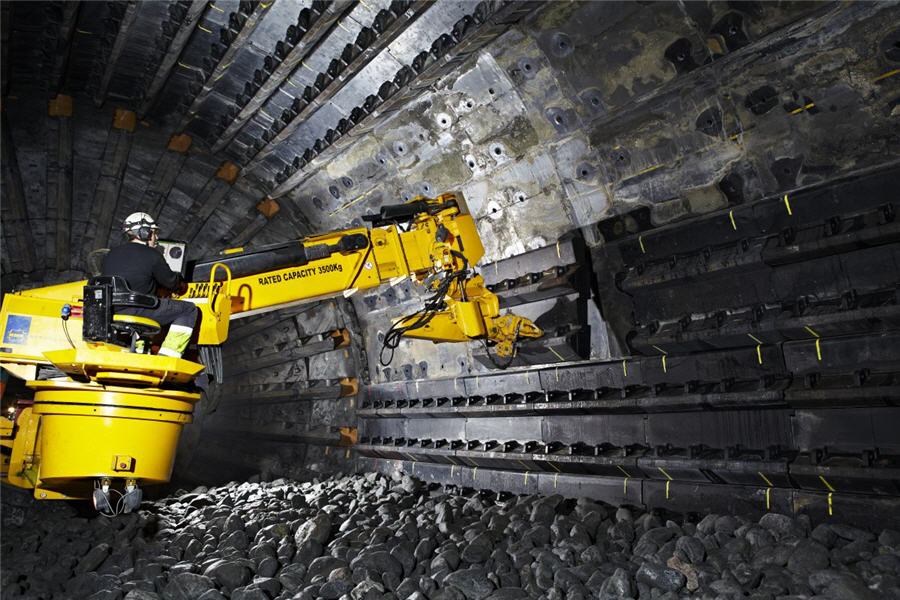
When striving to achieve better grinding profitability, there are a few things about mill liners that are worth considering. In this article, we will be discussing about the key points from the mill liner point of view that can influence grinding profitability.
Weight has a great impact on the process, so it needs to be considered in utilizing the maximum capacity of the grinding mill. The theoretical capacity is mainly based on volume of the mill, installed power and structural strength of the mill. The mill structure and bearings can handle a certain maximum weight, consisting of the weight of the mill itself, the weight of the grinding charge (media and ore/slurry) and the weight of the liners.
Mill weight is something that we can’t really change. To maximize capacity and utilize the installed power, many mill operators try to maximize the charge weight. This means that the maximum allowed weight limits the capacity. So, what is left to work with is the mill lining.
In order to reach maximum capacity, we need to analyze the mill’s total weight and consider various mill liner design options. In many cases, the lining can be optimized to occupy as little volume as possible; and if the material is used where it does the most good, it is often possible to minimize the weight.
There is often a trade-off between mill liner weight and wear life. A lighter lining is generally thinner and, unless the design is highly optimized, it will have a shorter wear life. However, liner weight and long wear life don’t always have to be contradicting. By mixing and blending different types of liners – metallic, Poly-Met and rubber – in the same design, and by using each type where it performs best, it is possible to minimize the weight and still maintain or even increase the wear life.
A light liner in itself does not save energy. It does somewhat reduce the load on the bearings etc., but the real benefit of a lighter lining is that the mill can carry a higher charge without exceeding the maximum weight. While it isn’t possible to add media directly equivalent to the weight saved, it is also impossible to add enough to increase the mill utilization.
There are many old mills out there that are worn and torn by operation, and it is not unusual that the mill structure and bearings cannot take the same load as they used to. By minimizing the weight, it can be possible to prolong the life of such equipment.
Back in the
day, mill liners were carried and installed manually, which required a lot of
man-hours – and muscles. Thus, the liners couldn’t be very heavy and there were
many parts to be installed. However, downtime wasn’t much of an issue, because
there were many small mills on site…
Read the rest of the article on metso.com: Five tips on mill liners to improve
grinding profitability 1/2
Comments
Raymond Ippersiel
Brokk is a proven technology to help safe and efficient wear liner removal. Remote control handling of difficult situations where the classic installation machines are limited. From the foundry to the mill, Brokk saves the men from the most grueling and risky manual labor. Work smarter not harder!